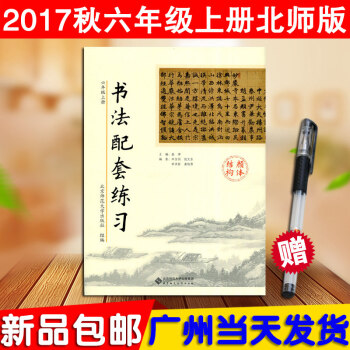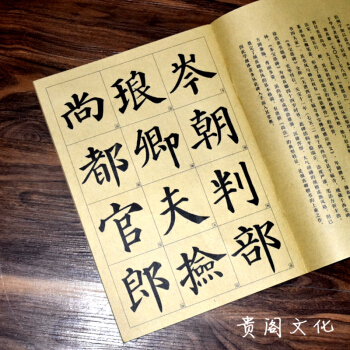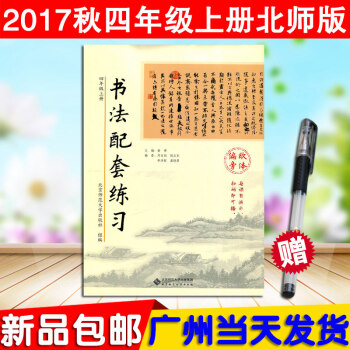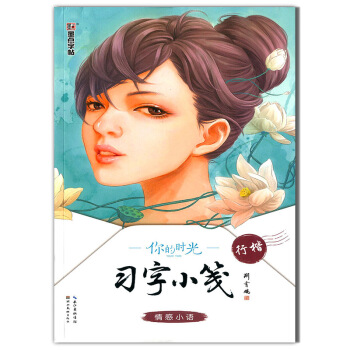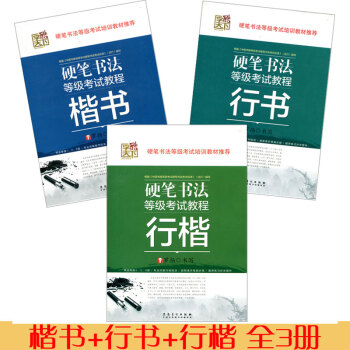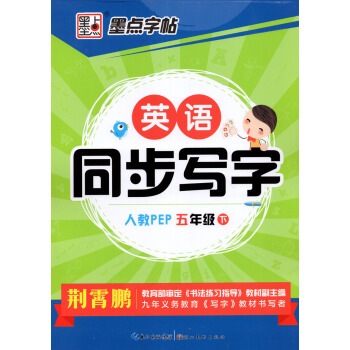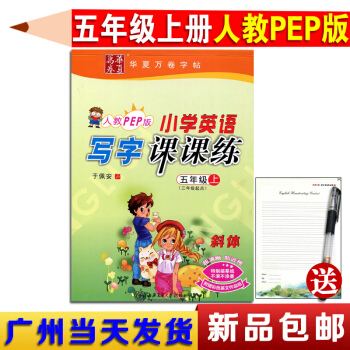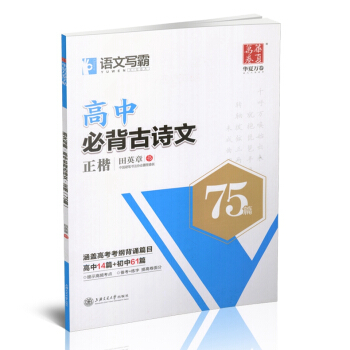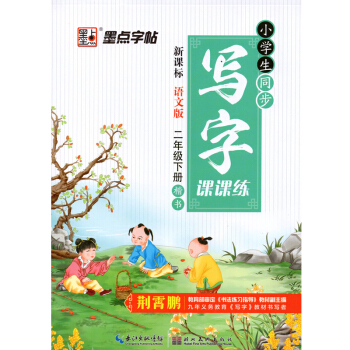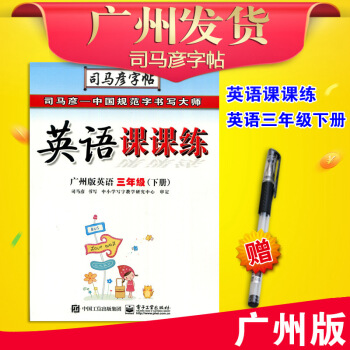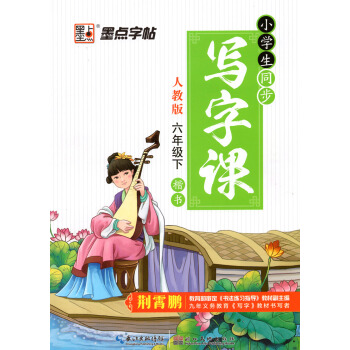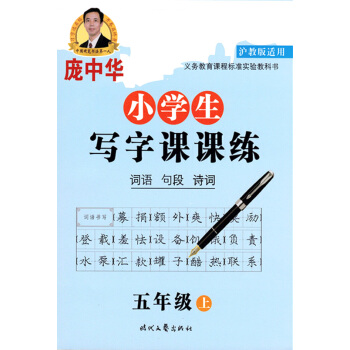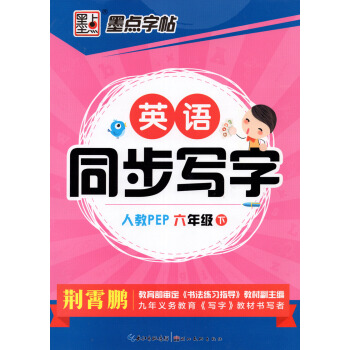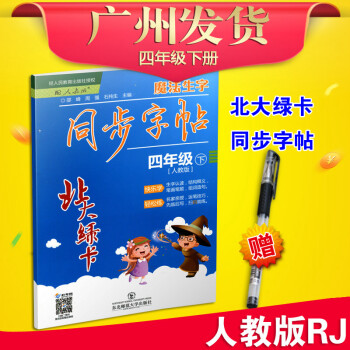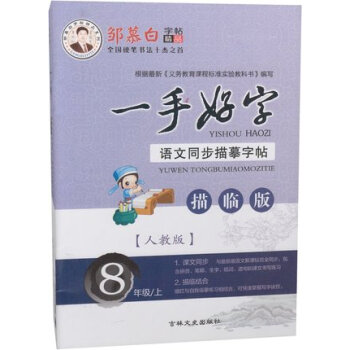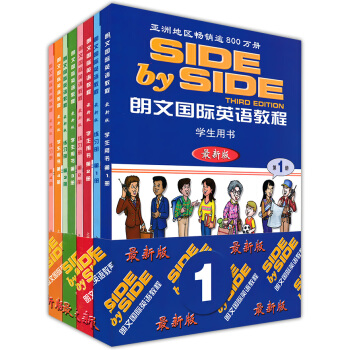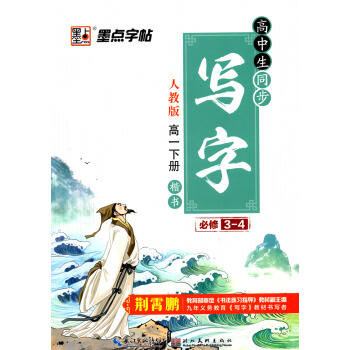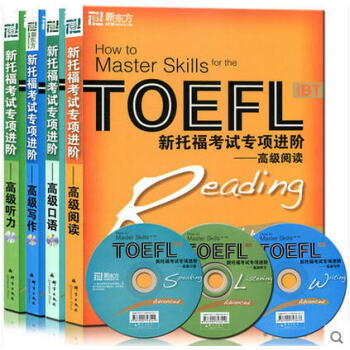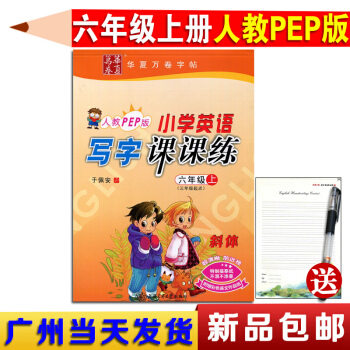具体描述
筆墨丹青,韻藏古今:六年級上冊《書法之旅》(北師大版同步) 這本《書法之旅》 is not the book you mentioned. This is a guide designed to ignite a lifelong passion for Chinese calligraphy, starting with the foundational principles and evolving into expressive artistic creation. Tailored for sixth-grade students using the Beijing Normal University (BNU) curriculum, it serves as a perfect complement to their regular studies, enriching their understanding of Chinese culture and developing their aesthetic sensibilities. Part I: 筆墨之初 – 啓濛與基礎 (The Dawn of Ink – Enlightenment and Foundation) This section is dedicated to building a solid understanding of the fundamental elements of calligraphy. We move beyond rote memorization to a deeper appreciation of the art form. 墨韻傳承:認識中國書法 (The Legacy of Ink: Understanding Chinese Calligraphy): We embark on a journey through the rich history of Chinese calligraphy, exploring its origins, its evolution through various dynasties, and its profound cultural significance. Students will learn about the celebrated masters and their contributions, gaining an appreciation for the living tradition they are about to join. We will delve into the philosophy behind calligraphy, understanding it not just as writing, but as a meditative practice and a form of personal expression. 紙、墨、筆、硯:文房四寶的奧秘 (Paper, Ink, Brush, Inkstone: The Mysteries of the Four Treasures): Understanding and appreciating the tools of the trade is crucial. This section provides an in-depth exploration of the "Four Treasures of the Study." We will discuss the different types of paper and their suitability for various script styles, the nuances of ink selection and preparation, the characteristics of different brush hairs and their effects on stroke execution, and the artistry and historical significance of inkstones. Students will learn how to properly care for these tools, ensuring their longevity and optimal performance. Hands-on demonstrations and guided practice will help students develop a tactile understanding of each element. 執筆之道:正宗姿勢與運筆技巧 (The Way of Holding the Brush: Correct Posture and Stroke Techniques): Correct posture is the bedrock of good calligraphy. This section focuses on establishing proper body alignment, arm and wrist positioning, and finger control. We will break down the fundamental stroke types – the horizontal, vertical, dot, hook, sweep, and more – meticulously demonstrating their formation. Through clear visual aids and detailed instructions, students will learn the subtle variations and pressures required for each stroke, understanding how they connect to form characters. The emphasis will be on developing fluidity and control, laying the groundwork for expressive writing. 橫竪撇捺:漢字結構的基本筆畫 (Horizontal, Vertical, Left-Falling, Right-Falling: The Basic Strokes of Chinese Character Structure): We will meticulously dissect each basic stroke, understanding its purpose and how it contributes to the overall structure of a character. This is not just about drawing lines; it's about understanding the dynamic interplay of force, speed, and direction that gives each stroke its vitality. We will explore the relationship between strokes, how they balance and support each other, and how their precise execution dictates the clarity and aesthetic appeal of the final character. Part II: 結構之美 – 漢字拆解與組閤 (The Beauty of Structure – Character Deconstruction and Assembly) This section delves into the fascinating world of Chinese character structure, revealing the logic and artistry behind their composition. 偏旁部首:漢字搭建的積木 (Radicals and Components: The Building Blocks of Chinese Characters): We will systematically introduce the most common radicals and components, exploring their individual meanings and how they combine to form new characters. Students will learn to recognize these elements, not as arbitrary parts, but as meaningful units that convey semantic and phonetic information. Understanding radicals unlocks the ability to decipher unknown characters and appreciate the inherent logic of the Chinese writing system. 間架結構:字形布局的藝術 (Frame Structure: The Art of Character Layout): This is where the magic of Chinese character composition truly comes alive. We will explore different types of character structures – left-right, top-bottom, enclosed, and more – analyzing how elements are arranged within a defined space to achieve balance, harmony, and visual appeal. Students will learn about negative space and its importance, the principles of visual weight distribution, and how artists manipulate these elements to create characters that are both legible and aesthetically pleasing. 疏密得當:字中虛實相生的智慧 (Appropriate Density: The Wisdom of Interplay Between Void and Solid in Characters): This section focuses on the crucial concept of "void and solid" (虛實). Students will learn how to create a dynamic interplay between the written strokes (solid) and the unwritten spaces (void) within a character. This balance is essential for avoiding monotony and creating characters with breath and life. We will analyze examples to understand how intentional spacing and stroke thickness contribute to the overall visual impact and emotional resonance of the character. 重心穩健:讓字“站”得住 (Stable Center of Gravity: Making Characters "Stand" Firmly): A well-structured character possesses a strong and stable center of gravity. This section will guide students in identifying and establishing this crucial balance point within each character. Through careful observation and practice, they will learn how to position components to ensure the character feels grounded and secure, preventing it from appearing lopsided or top-heavy. This principle is fundamental to creating characters that are both aesthetically pleasing and structurally sound. Part III: 臨摹與創作 – 技法與意境 (Copying and Creation – Technique and Artistic Conception) Here, students begin to apply their foundational knowledge, developing their own style and artistic voice. 臨摹大師:學習經典字帖的精髓 (Copying Masters: Learning the Essence of Classic Calligraphy Models): We will introduce selected classic calligraphy models, focusing on their distinctive features and artistic merits. This is not about slavish imitation, but about deeply understanding the brushwork, structure, and spirit of master calligraphers. Through careful observation and guided practice, students will learn to identify the key characteristics of different styles and how to integrate these learnings into their own writing. 一字多練:探尋筆畫的無限可能 (One Character, Multiple Practices: Exploring the Infinite Possibilities of Strokes): For common characters, we will explore various ways to render them, emphasizing how subtle changes in stroke execution, pressure, and spacing can lead to vastly different visual outcomes. This exercise encourages experimentation and helps students discover their own preferred stylistic nuances. It’s about understanding that a single character can hold a universe of expression. 意境初探:情感融入筆尖 (First Steps into Artistic Conception: Emotion Infused into the Brush Tip): Beyond mere technical proficiency, calligraphy is about conveying emotion and spirit. This section introduces the concept of "artistic conception" (意境). Students will be encouraged to think about the mood, feeling, or message they want to express through their writing. We will discuss how stroke variation, composition, and character choice can contribute to a specific artistic intent, moving beyond simple legibility to genuine artistic expression. 書寫人生:從練習到錶達 (Writing Life: From Practice to Expression): This concluding part encourages students to see calligraphy as a lifelong pursuit. We will discuss how consistent practice, coupled with an understanding of its artistic and philosophical underpinnings, can lead to profound personal growth. The aim is to foster a love for this ancient art form that will continue to enrich their lives, offering a unique avenue for self-expression and cultural connection. This "Calligraphy Journey" aims to be more than just a workbook; it's an invitation to explore the beauty of Chinese characters, to connect with a rich cultural heritage, and to discover the meditative power of the brush. It is designed to be engaging, informative, and ultimately, inspiring.
